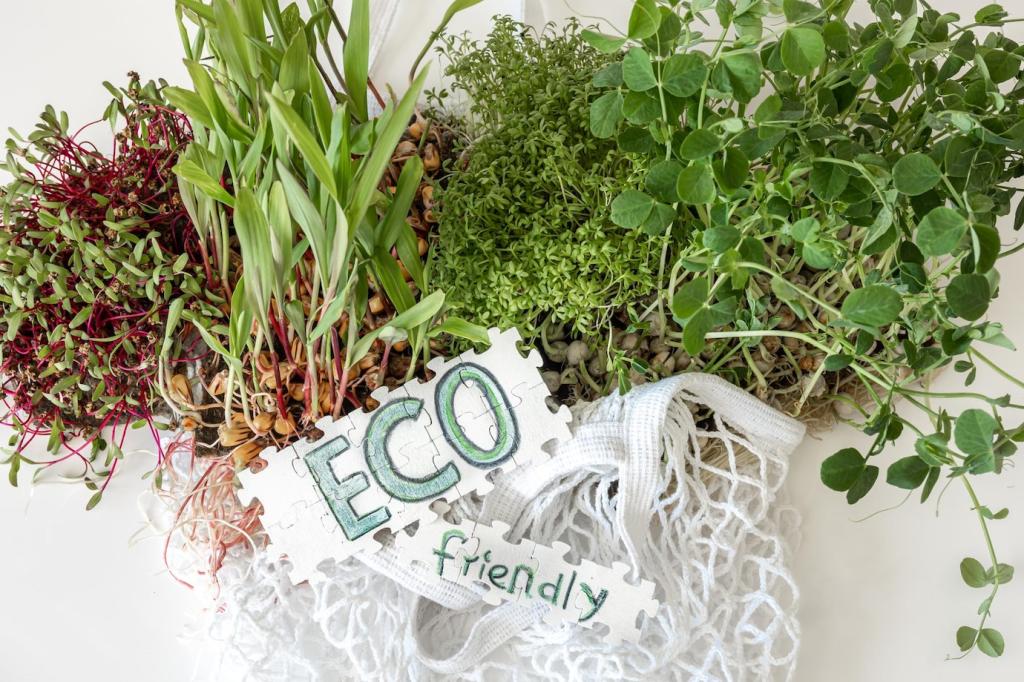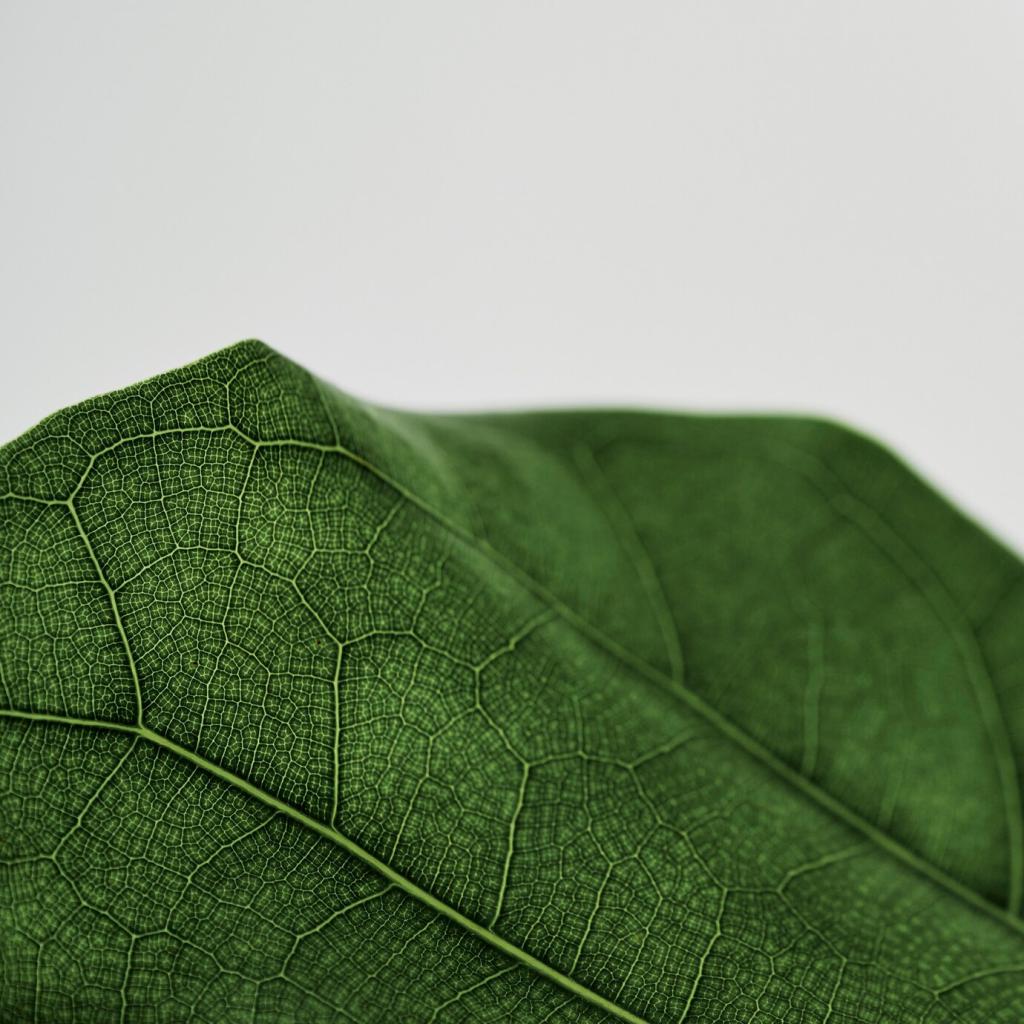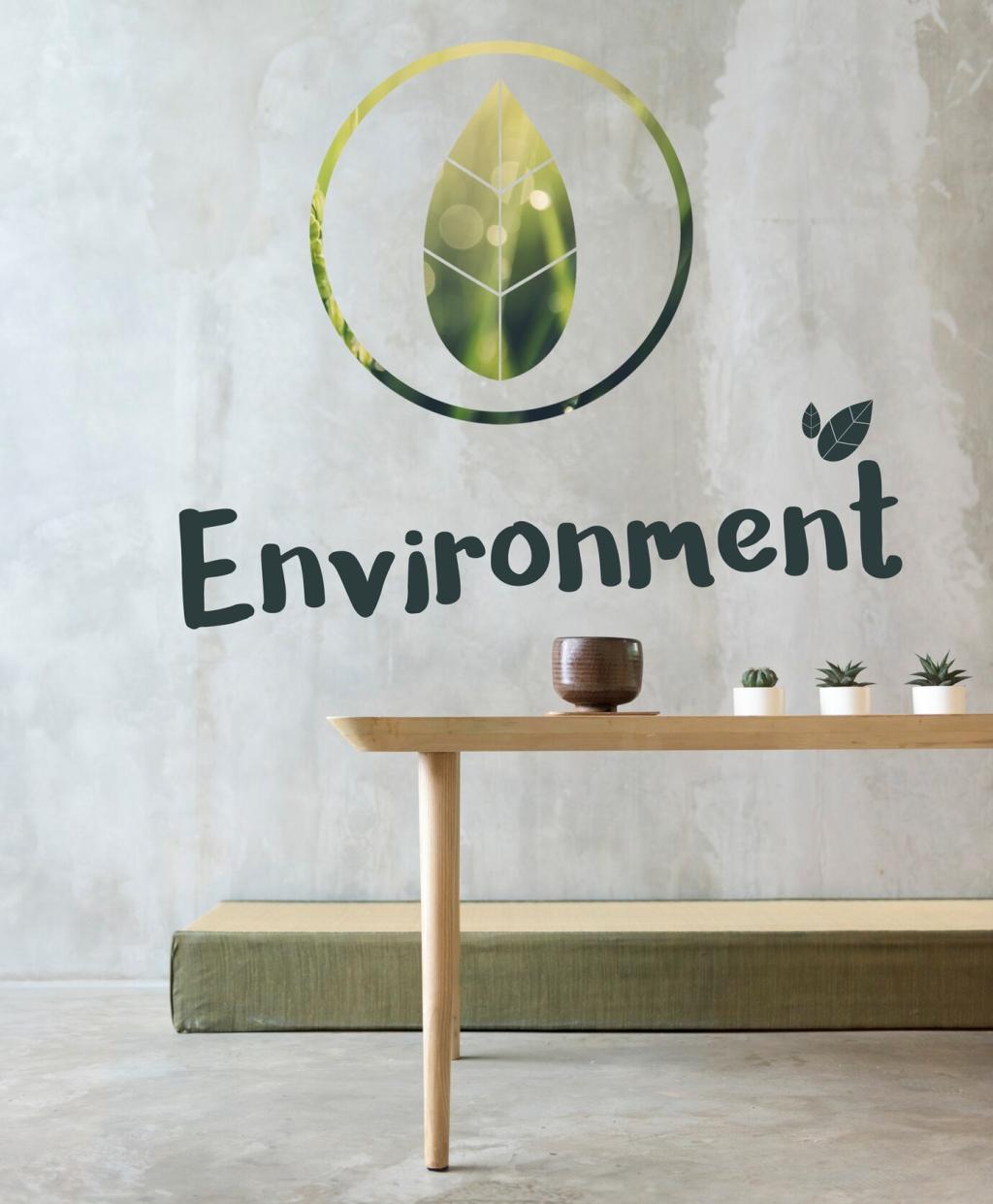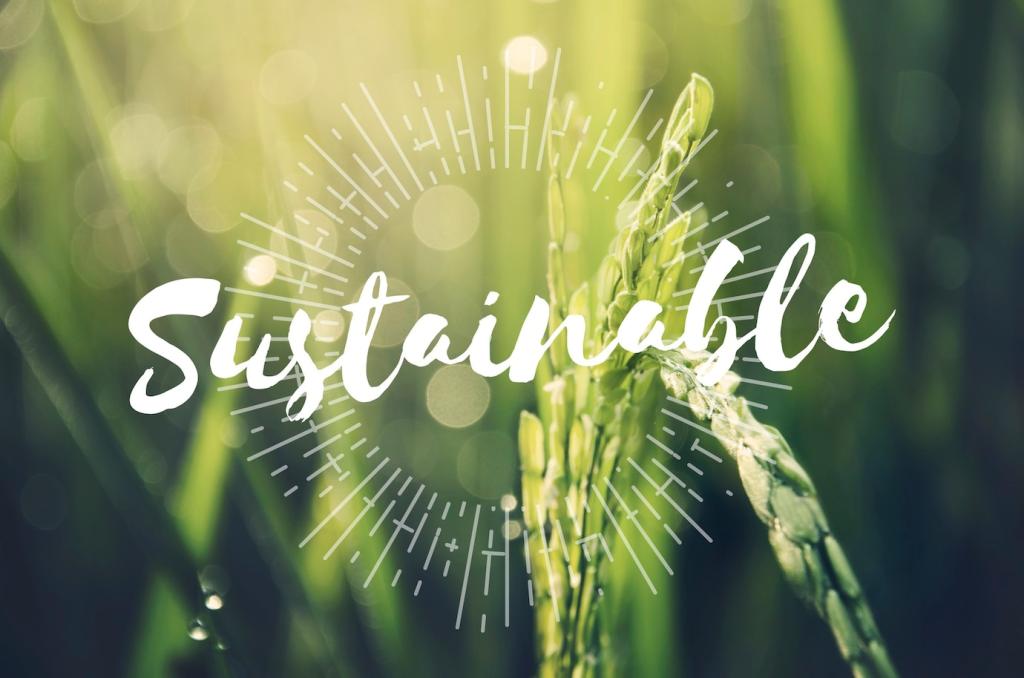Installing Natural Insulation in New Builds and Retrofits
Air-seal first, then dense-pack or top up existing insulation to stop wind-washing and heat loss. Baffles maintain ventilation, while careful light can checks enhance fire safety. Post your attic photos or layout sketches, and we’ll crowdsource advice from readers who tackled similar slopes and access challenges.
Installing Natural Insulation in New Builds and Retrofits
Continuous exterior boards cut thermal bridges at studs and improve comfort dramatically. Pair with vapor-open plasters or ventilated rainscreens for durable drying. Thinking about a facelift and performance boost together? Ask how to align thickness, fasteners, and cladding for a smooth, weather-ready upgrade.





